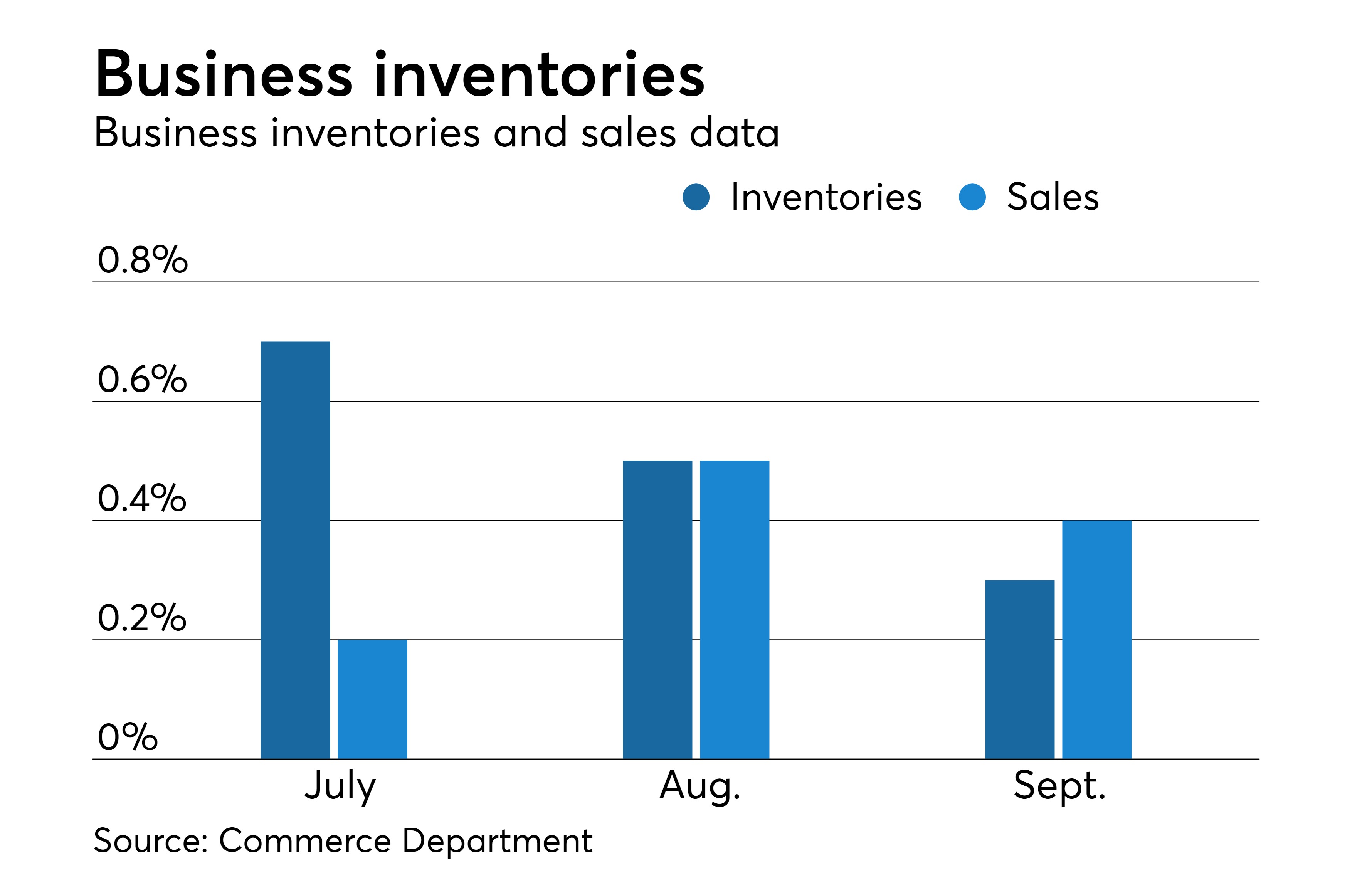business inventories and sales sets the stage for this enthralling narrative, offering readers a glimpse into a story that is rich in detail and brimming with originality from the outset. As the backbone of commerce, these two elements are more than just numbers—they represent the pulse of every thriving enterprise, providing valuable insights into what drives success and where potential pitfalls may lie.
Understanding business inventories and sales means recognizing their crucial role in every business model, from manufacturing to retail and beyond. Inventories refer to the goods and materials a company holds, while sales are the transactions that turn those inventories into revenue. Efficiently managing inventories and tracking sales not only ensures a smooth supply chain but also helps avoid costly issues like stockouts or overstocking. By adopting proven methods, leveraging digital tools, and regularly analyzing key ratios, businesses can optimize their processes and drive sustainable growth.
Business Inventories and Sales: Definition and Importance
In the world of commerce, understanding business inventories and sales is fundamental to managing operations effectively. These two core metrics reflect not only what a company owns and sells, but also serve as vital indicators of business health and market responsiveness.
Business inventories refer to the goods and materials a company holds for the purpose of resale, production, or utilization in service delivery. Sales, meanwhile, represent the transactions where goods or services are exchanged for money. Together, these metrics provide insights into the operational efficiency and profitability of a business.
Significance of Monitoring Inventories and Sales
For businesses of all sizes and models—be it retail, manufacturing, or e-commerce—consistently tracking inventories and sales is crucial. Maintaining optimal stock levels prevents both excess inventory, which ties up capital, and stockouts, which can lead to missed revenue opportunities. Monitoring sales trends further helps companies adapt to market demand and forecast future needs with greater accuracy.
Keeping a close eye on inventories and sales plays a central role in supply chain management, ensuring goods are available at the right time and place while minimizing costs and maximizing customer satisfaction.
Types of Business Inventories
Inventories come in various forms, each serving a distinct function within the supply chain. Recognizing these different types helps businesses manage their resources efficiently and align inventory strategies with sales cycles.
Major Inventory Categories, Business inventories and sales
The most common types of inventories include raw materials, work-in-progress items, and finished goods. Each type has unique characteristics and is particularly relevant to specific industries and operational models. The following table Artikels these inventory types, their typical descriptions, common industries where they are used, and practical examples.
| Inventory Type | Description | Common Industries | Examples |
|---|---|---|---|
| Raw Materials | Basic inputs used to produce finished products | Manufacturing, Food & Beverage | Steel, wheat, lumber |
| Work-in-Progress (WIP) | Items currently under production but not yet complete | Automotive, Electronics | Partially assembled vehicles, circuit boards |
| Finished Goods | Products ready for sale to customers | Retail, Wholesale | Clothing, packaged foods, electronics |
Impact of Inventory Types on Sales Cycles
Raw materials impact how quickly a business can ramp up production to meet sudden increases in demand. Work-in-progress items affect throughput and lead times, directly influencing the availability of finished goods. Finished goods inventories are most closely tied to sales cycles, as they determine how quickly a company can fulfill customer orders. Properly managing all three types ensures a smooth flow from procurement through production to final sale.
Methods for Tracking Inventories and Sales
Consistently accurate tracking of inventories and sales is a foundation for operational excellence. Businesses rely on a mix of traditional and modern methods to keep stock counts and sales data up-to-date, improving both efficiency and decision-making.
Inventory and Sales Monitoring Methods

Traditional tracking systems include the perpetual and periodic inventory approaches:
- Perpetual System: Continuously updates inventory records with every sale or purchase, providing real-time inventory data.
- Periodic System: Updates inventory records at specified intervals, such as monthly or quarterly, often through physical counts.
Modern businesses increasingly leverage digital tools and inventory management software. These solutions automate stock tracking, integrate with point-of-sale systems, and provide real-time visibility into sales and stock movements across multiple locations.
Procedures for Conducting Regular Inventory Audits

Regular inventory audits are essential for verifying stock accuracy and detecting discrepancies. Standard procedures typically include the following steps:
- Schedule audits during periods of low activity to minimize disruption.
- Use barcode scanners or RFID technology to speed up counting and reduce errors.
- Reconcile physical counts with digital inventory records.
- Investigate and resolve any variances between counted and recorded stock.
- Update inventory management systems with correct quantities.
Summary

In summary, mastering business inventories and sales isn’t just about keeping shelves stocked or counting products sold—it’s about harnessing data, adapting to industry needs, and staying ahead of challenges with smart strategies. By implementing effective management techniques and embracing modern technology, businesses can turn inventory control and sales monitoring into powerful engines for profitability and growth. The journey to operational excellence starts with understanding these fundamental concepts and making them work for your unique business needs.
FAQ Explained
What is the difference between inventory and stock?
Inventory refers to all the goods, materials, and components a business holds for resale or production, while stock typically focuses on the finished goods ready for sale to customers.
How often should businesses perform inventory audits?
Most businesses perform inventory audits at least annually, but many opt for quarterly or even monthly checks, especially when using periodic inventory systems.
Can small businesses benefit from inventory management software?
Absolutely. Inventory management software helps small businesses reduce errors, automate tracking, and gain valuable insights, making it easier to make informed decisions and save costs.
What is a common sign of poor inventory management?
Frequent stockouts, excess unsold stock, or discrepancies between recorded and actual inventory are all signs of poor inventory management.
How do seasonal changes affect inventories and sales?
Seasonal changes can lead to fluctuations in demand, requiring businesses to adjust inventory levels and sales strategies to avoid overstocking or running out of popular items.
